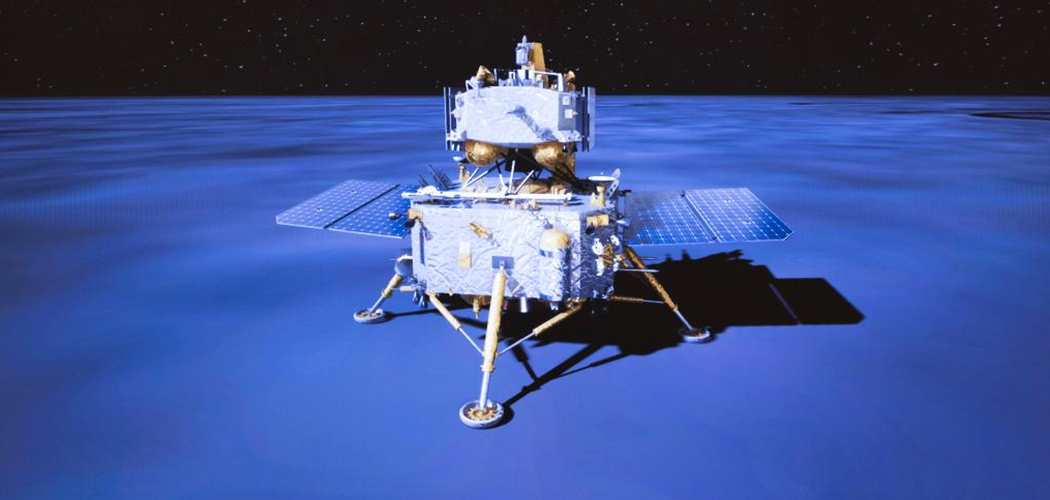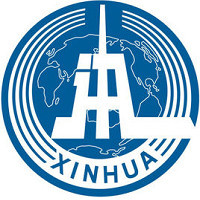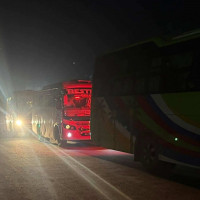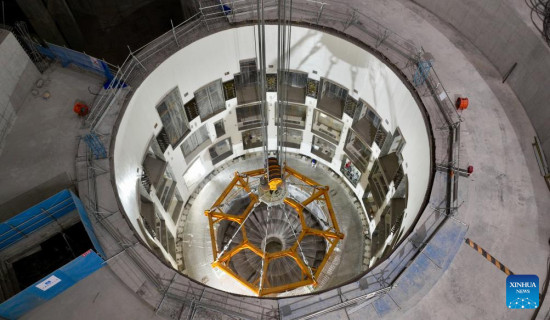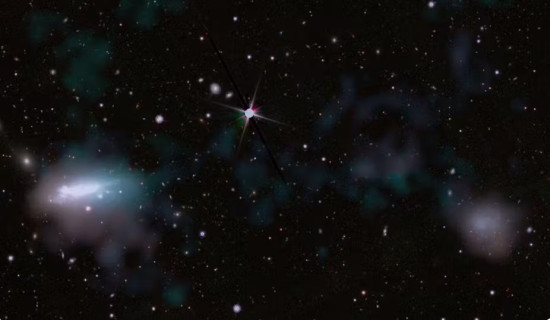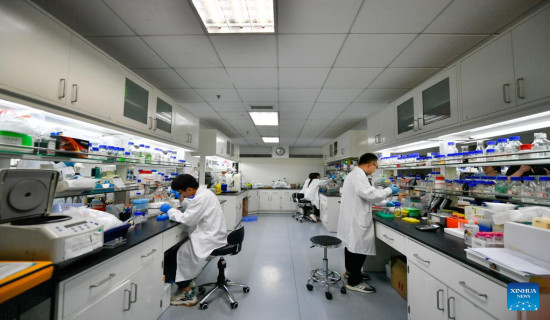- Monday, 3 November 2025
China's Chang'e-6 lands on moon's far side to collect samples
BEIJING, June 2: China's Chang'e-6 touched down on the far side of the moon on Sunday morning, and will collect samples from this rarely explored terrain for the first time in human history, the China National Space Administration (CNSA) announced.
Supported by the Queqiao-2 relay satellite, the lander-ascender combination of the Chang'e-6 probe successfully landed at the designated landing area at 6:23 a.m. (Beijing Time) in the South Pole-Aitken (SPA) Basin.
Chang'e-6 consists of an orbiter, a returner, a lander and an ascender. Since its launch on May 3 this year, it has gone through various stages such as Earth-moon transfer, near-moon braking, lunar orbiting and landing descent. The lander-ascender combination separated from the orbiter-returner combination on May 30, said the CNSA.
The lander-ascender combination began the powered descent at 6:09 a.m.. The main engine with variable thrust was ignited, and the combination quickly adjusted its attitude and gradually approached the lunar surface.
During the descent, an autonomous visual obstacle avoidance system was used to automatically detect obstacles, with a visible light camera selecting a comparatively safe landing area based on the brightness and darkness of the lunar surface.
The combination then hovered about 100 meters above the safe landing area and used a laser 3D scanner to detect obstacles on the lunar surface to select the final landing site before a slow vertical descent. As the combination approached the lunar surface, it shut down the engine and touched down via free fall, protected by a cushioning system.
The Chang'e-6 mission is tasked with collecting and returning samples from the moon's far side, the first endeavour of its kind in the history of human lunar exploration.
It has achieved a breakthrough in the design and control technology of the lunar retrograde orbit and aims to realize key technologies of intelligent and rapid sampling, as well as takeoff and ascent from the far side of the moon.
The landing site is at an impact crater known as the Apollo Basin, located within the SPA Basin. The choice was made for the Apollo Basin's potential value of scientific exploration, as well as the conditions of the landing area, including communication and telemetry conditions and the flatness of the terrain, said Huang Hao, a space expert from the China Aerospace Science and Technology Corporation (CASC).
Huang added that the terrain on the far side of the moon is more rugged than the near side, with fewer continuous flat areas. However, the Apollo Basin is relatively flatter than other areas on the far side, which is conducive to landing.
The lander is equipped with multiple sensors, including microwave, laser and optical imaging sensors which can measure distance and speed, and identify obstacles on the lunar surface, Huang said.
To prevent interference to optical sensors by lunar dust during landing, the lander is also equipped with gamma-ray sensors to accurately measure the height through particle rays, ensuring that the engine can be shut down on time and the lander can touch down smoothly on the lunar surface, he added.
At the same time, the landing legs play their role as buffers, absorbing the impact energy of landing and ensuring the safety of the equipment on the lander.
After the landing, the probe is scheduled to complete sampling within two days. It has adopted two methods of moon sampling, which include using a drill to collect subsurface samples and grabbing samples on the surface with a robotic arm.
According to Jin Shengyi, another space expert from the CASC, the Chang'e-6 probe development team has built a simulation lab in advance to ensure a smooth sampling process.
The team members will set up a full-scale replica of the sampling area based on Chang'e-6 exploration results on the environment, rock distribution, and lunar soil conditions around the landing site. Using this simulation, they will develop and verify sampling strategies and equipment control procedures to ensure the accuracy of instructions.
Due to the moon's obstruction, the Earth-moon communication window period on the far side of the moon, even with the help of the Queqiao-2 relay satellite service, is still shorter than that on the near side. Therefore, the sampling time of Chang'e-6 will be reduced to about 14 hours, compared with the 22 hours used by its predecessor Chang'e-5.
To save time and improve efficiency, the development team has made the sampling process more intelligent, allowing Chang'e-6 to execute instructions and make judgments autonomously to reduce the Earth-moon interactions, Jin said.
For example, after the ground control sends an instruction, the probe will execute the corresponding program in multiple actions and then use the real-time data collected by the sensors to evaluate if the instruction is well executed, thus autonomously working in a closed loop without the ground control sending command on each action.
About 1,000 instructions were sent during the entire sampling process of Chang'e-5. For Chang'e-6, the number is expected to be reduced to about 400.

